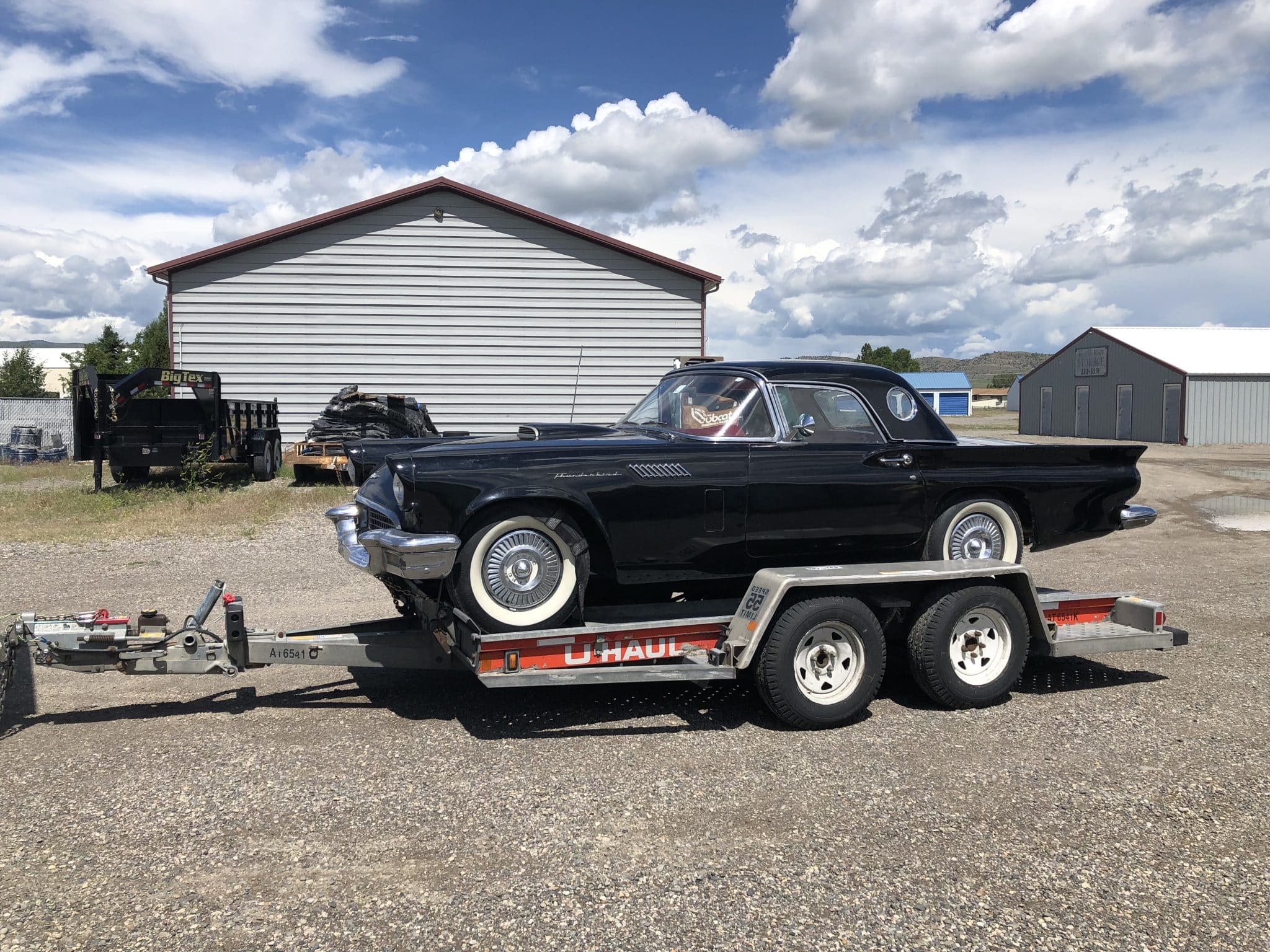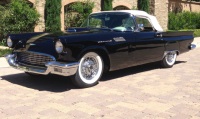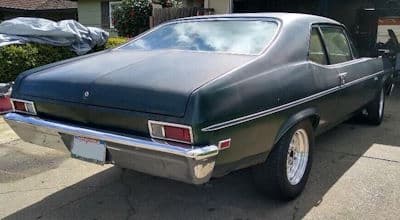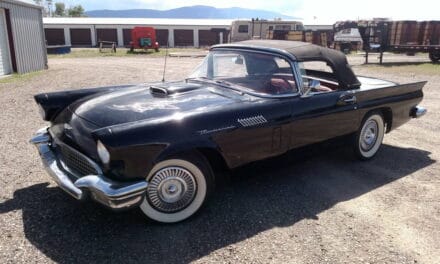
My 1957 Thunderbird
The 1957 Ford Thunderbird holds a special place in automotive history, emblematic of the American spirit during the mid-20th century.
This model year marked the end of the first generation of Thunderbirds, which debuted in 1955, designed to compete with Chevrolet’s Corvette. Unlike the Corvette, however, the Thunderbird (affectionately known as the T-Bird) was marketed not as a sports car, but rather as a personal luxury vehicle.
This distinction helped Thunderbird carve out a unique niche in the automotive market, leading to significant success in terms of sales and popularity.
Historical Context Of The 1957 Thunderbird
The first generation of the Thunderbird was a product of Ford’s desire to introduce a vehicle that could compete with the European sports cars of the era while also appealing to American tastes for comfort and luxury. The project was spearheaded by Ford’s then vice president, Frank Hershey, who envisioned a car that combined stylish design, innovative features, and a powerful engine—all elements that would define the Thunderbird.
When the Thunderbird was first introduced in 1955, it was a two-seater, like the Corvette. However, it distinguished itself through its more luxurious amenities and V8 engine, which appealed to a broader segment of the American public. The Thunderbird’s success in its first two years prompted further developments and improvements that culminated in the 1957 model.
Design and Specifications Of The 1957 Thunderbird
The 1957 Ford Thunderbird featured several design modifications that differentiated it from its predecessors.
One of the most notable changes was the restyling of the front bumper, the addition of a larger grille, and the introduction of sleek tail fins, which were a popular design element of the era. These changes not only enhanced the car’s aesthetic appeal but also improved its aerodynamics.
More Power Under The Hood
Under the hood, the 1957 Thunderbird came standard with a 292 cubic inch (4.8L) Y-block V8 engine, capable of producing 212 horsepower. However, Ford also offered two additional engine options for those seeking more power: a 312 cubic inch (5.1L) Y-block V8 engine with two different power outputs—245 horsepower with a four-barrel carburetor, and an impressive 270 horsepower with dual four-barrel carburetors.
The vehicle was available with a choice of transmissions: a three-speed manual, with or without overdrive, and a three-speed automatic Ford-O-Matic. This versatility in powertrain options allowed buyers to tailor the Thunderbird to their driving preferences, further enhancing its appeal.
Another key feature of the 1957 model was its removable fiberglass hardtop, which came with distinctive porthole windows. While a fabric convertible top was standard, the hardtop option proved immensely popular for its unique look and the added versatility it offered drivers.
Legacy Of The 1957 Thunderbird
The 1957 Ford Thunderbird’s blend of style, performance, and luxury set it apart from other cars of the era and cemented its place in automotive history. It represented the pinnacle of the first-generation Thunderbird’s design ethos, combining the freedom and excitement of open-top driving with the comfort and elegance of a luxury car.
In the years following its production, the 1957 Thunderbird has become a sought-after collector’s item, admired for its beauty, rarity, and significance in the evolution of American automotive design. It is a symbol of a bygone era when cars were not just modes of transportation but expressions of personality and style.
In sum, the 1957 Ford Thunderbird is more than just a car; it’s a cultural icon that captures the optimism and innovation of 1950s America. Its legacy continues to endure, captivating car enthusiasts and collectors worldwide with its timeless appeal.



